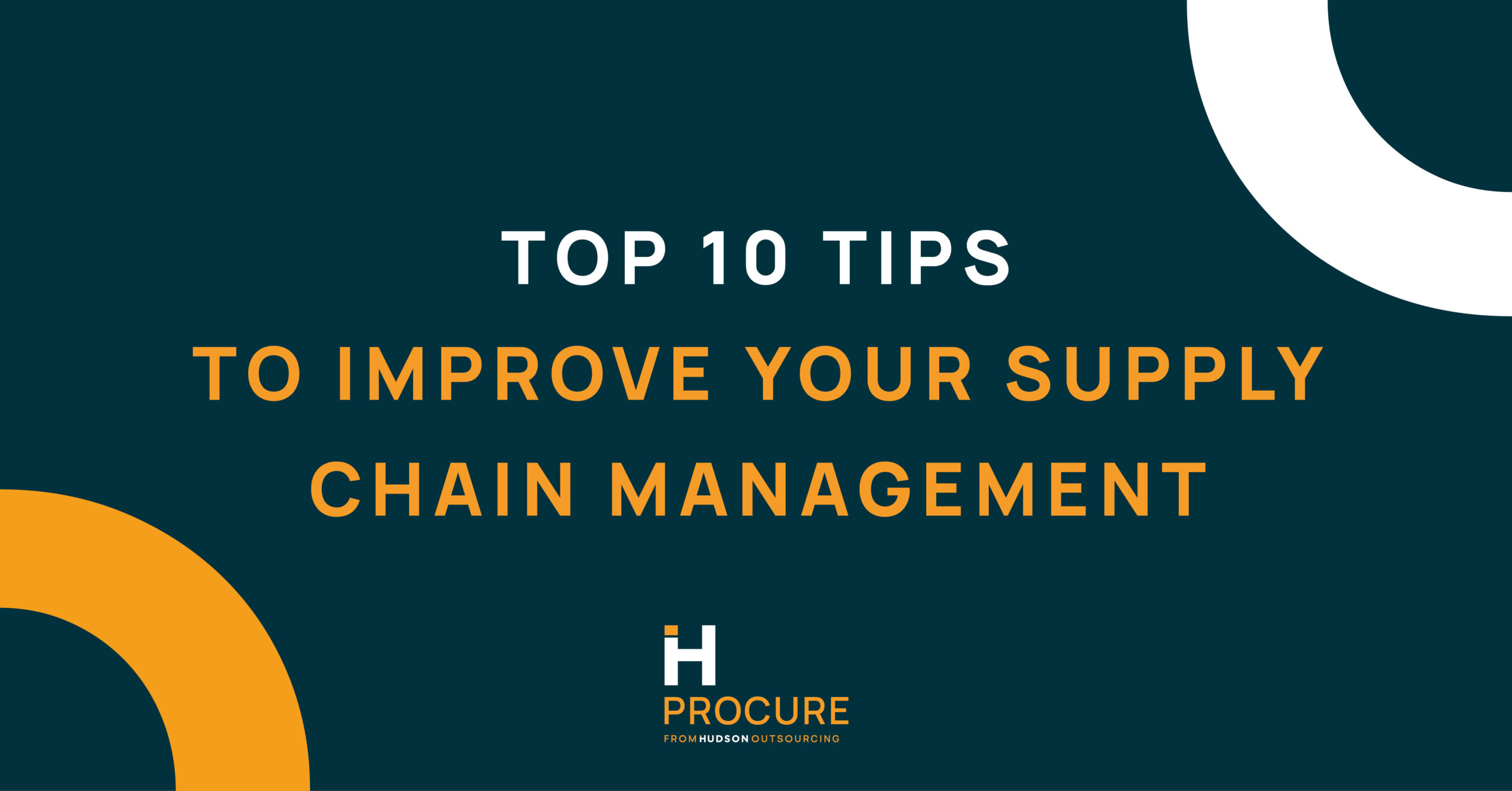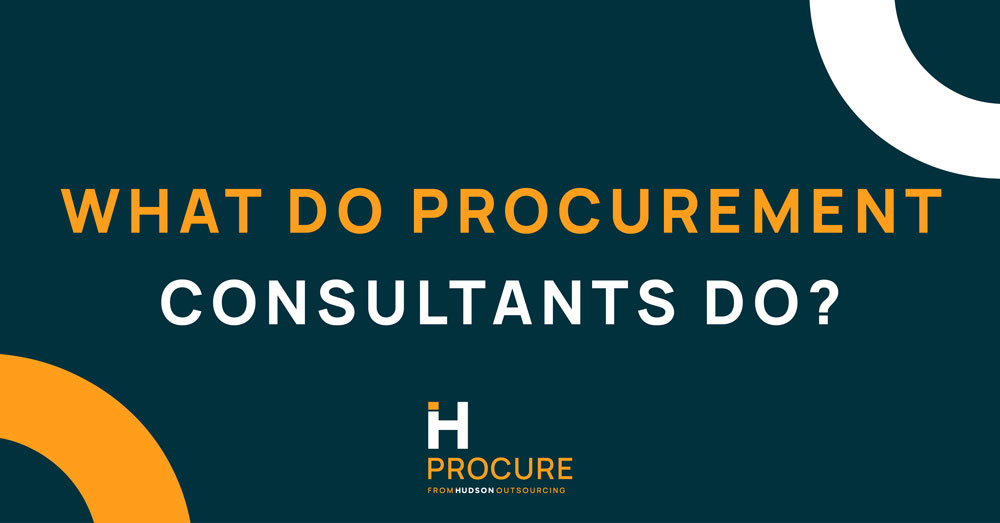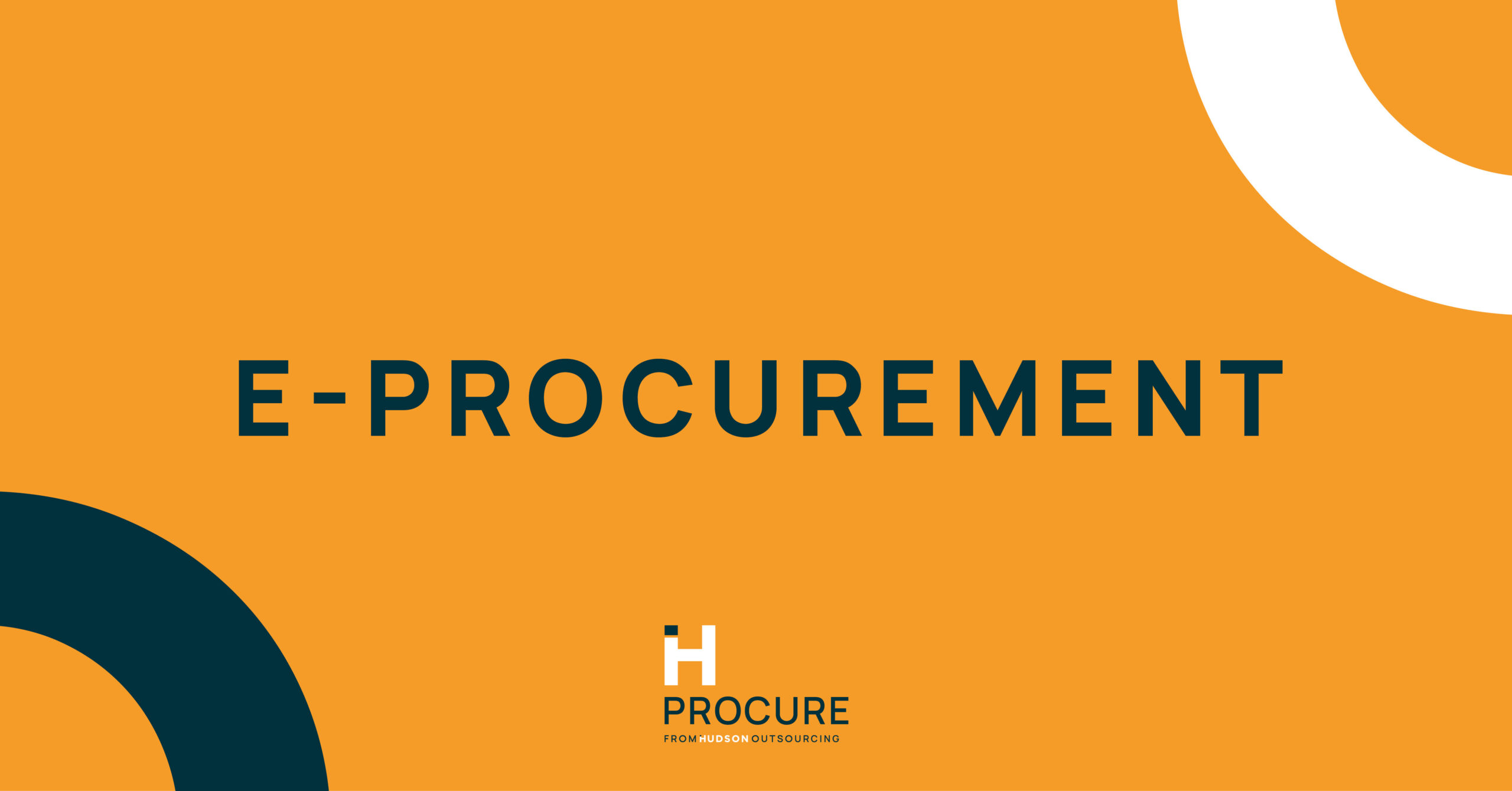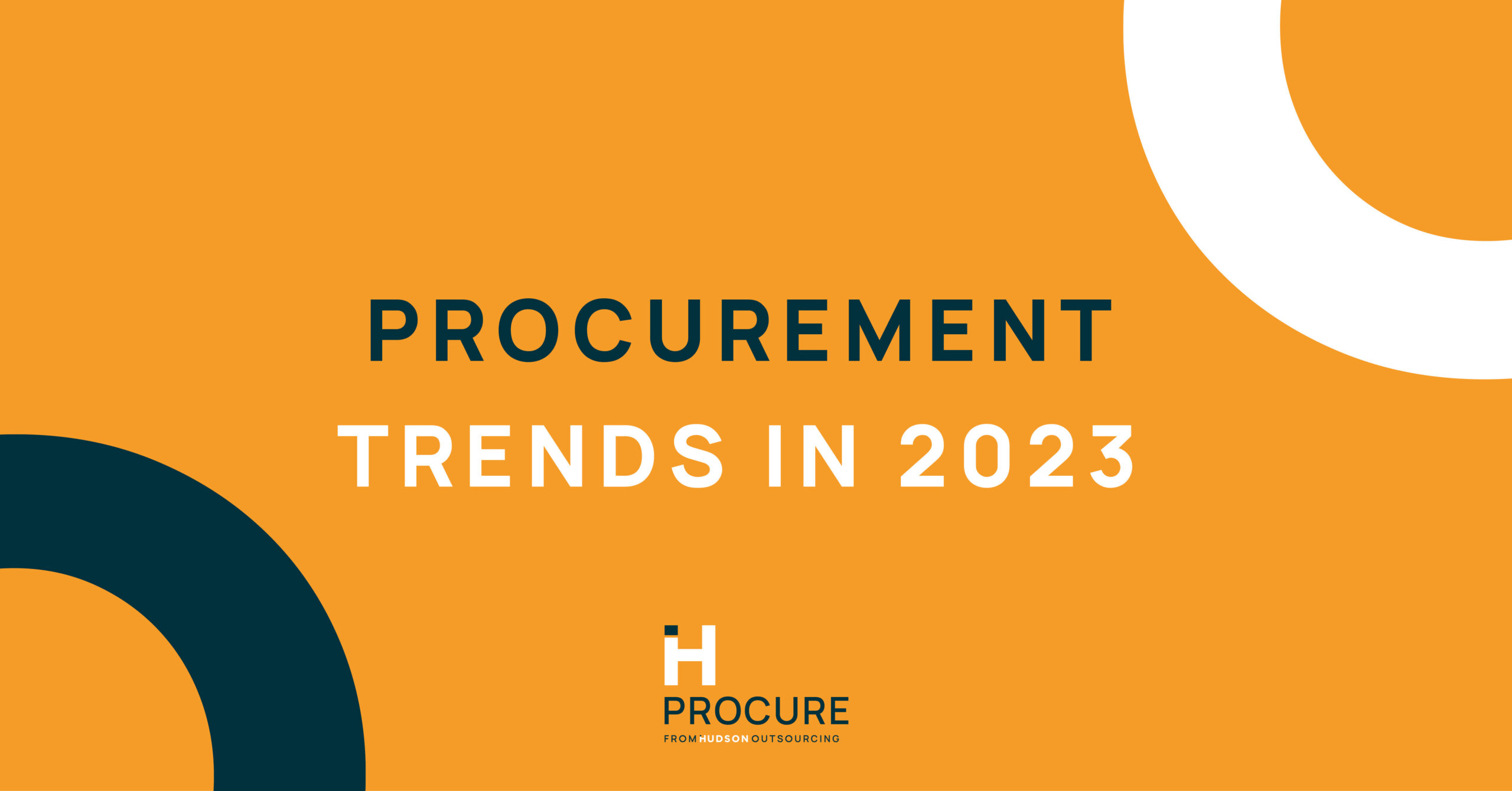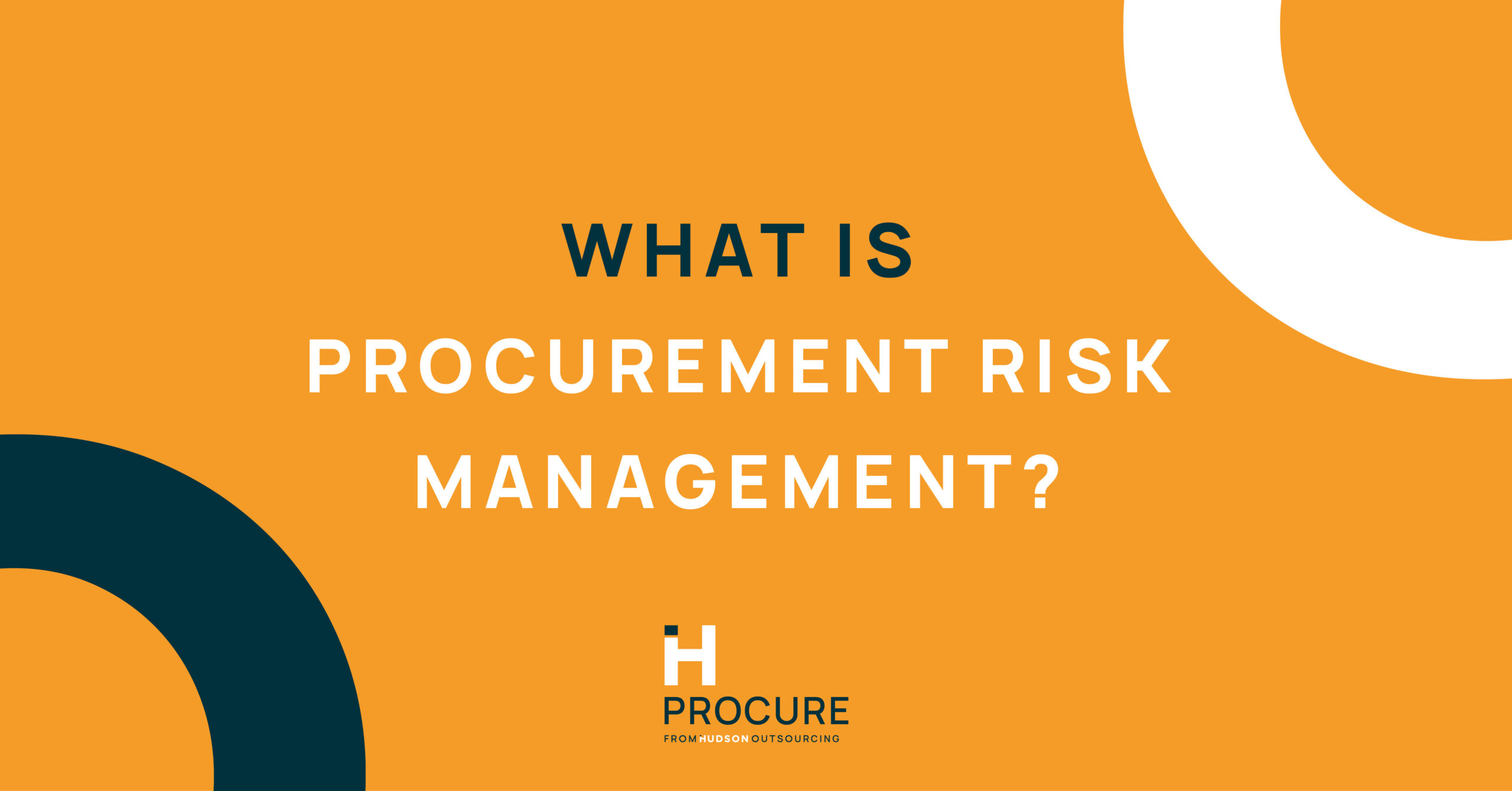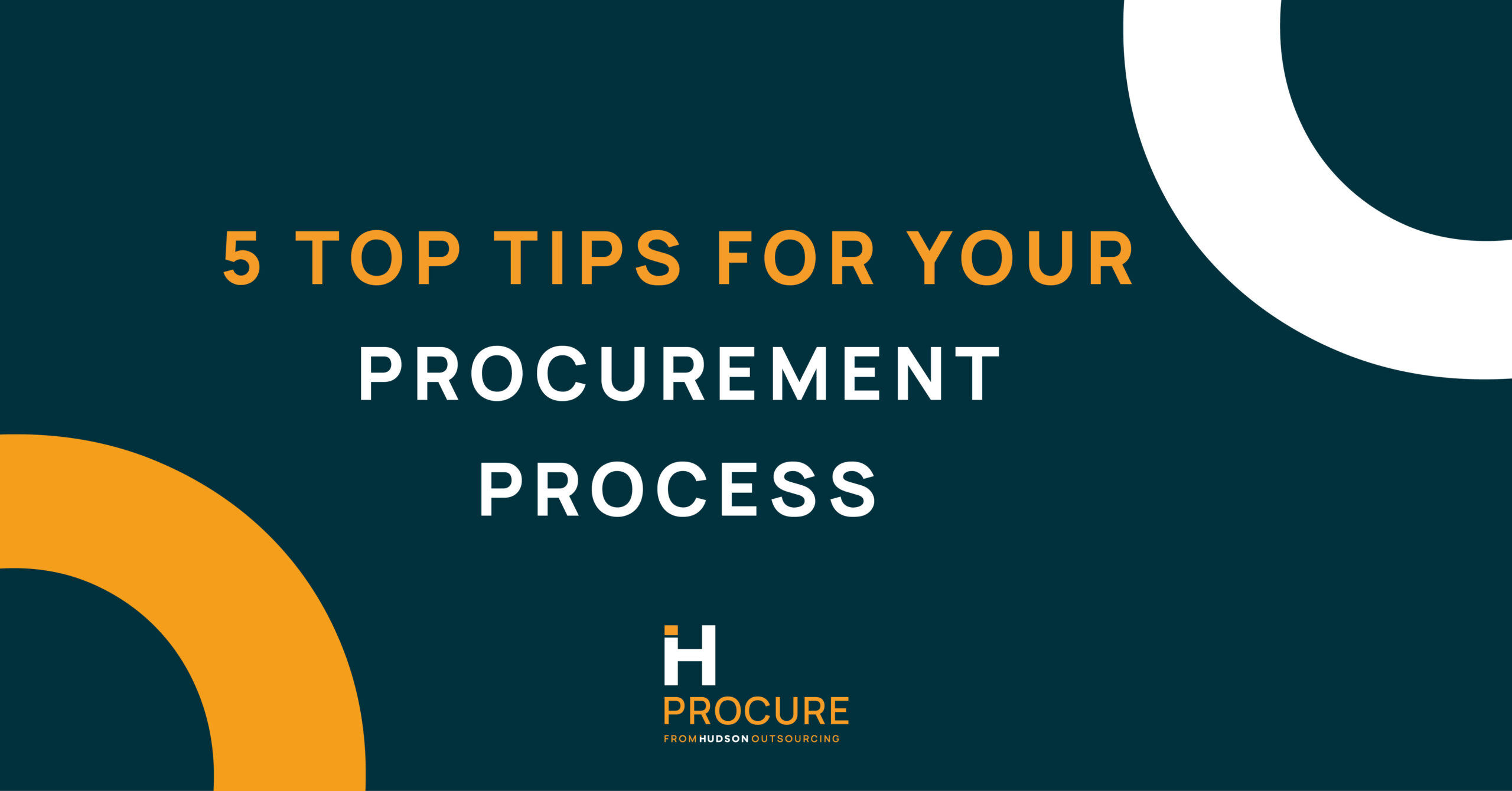P2P Procurement
What is procure-to-pay (P2P) procurement?
Procure-to-pay (P2P) is the complete cycle of actions a business takes when they require goods/services from a supplier. In short, the business will procure the items and pay remittance to the supplier in three stages known as:
- Requisitioning
- Purchasing
- Payment
P2P also streamlines the process of linking purchasing and accounts payable systems to increase a business’s efficiency. In addition, larger organizations may use automated software and computer aids to help conduct their payable processes.
How does P2P work?
Here is a basic P2P cycle which details the eight sequential stages of this procurement process:
1: Business needs
- Determine the needs of your business using input from stakeholders.
- A procurement team can then draw up specifications for the goods needed/terms of reference (TOR) for services.
- Draw up a Statement of Work (SOW)
2: Requisitions
- Upon ensuring all administrative requirements are fully met, a requester will submit the purchase requisition form.
3: Approval
- Procurement officers will review all purchase requisitions after evaluating their needs and budget.
- Purchase requisition forms must be completed fully. Or, they risk being rejected/returned for correction and resubmission.
4: Purchase Order Approval
- Purchase orders are now verified to ensure the accuracy of the specifications. Approved orders are sent to vendors (suppliers) – who can approve, reject, or negotiate the order.
- One-time purchases or low-value commodities may be purchased instead of purchase orders if requested.
- Approving an order is a legally binding contract. It must be carefully considered!
5: Goods Receipt
- Upon delivery of the goods/services provided by the supplier, the buyer will examine the items to ensure it aligns with their contract.
- The goods receipt is then approved or rejected on that basis.
6: Supplier Performance
The supplier’s performance is rated in terms of:
- Quality
- Service
- Contract Compliance
- Total Cost of Ownership (TCO)
- Communication
- Punctuality of Delivery
- Non-performance/poor performance is noted for future reference.
7: Invoice
- Once the receipt of the goods is approved, a three-way match begins between the purchase order, supplier invoice and goods receipt.
- If agreed upon, the invoice is forwarded to the finance department for payment distribution.
- Invoices may still be rejected if there are discrepancies – though there must be a reason provided to the supplier.
8: Payment
The payment made to the supplier will come under one of the following categories:
- Advance
- Partial
- Progress
- Instalment
- Final
- Holdback/retention payments
- Evaluation of the process and finding ways to improve this for the business in the future.
Note: The steps in a P2P cycle must be executed in order.
Top KPIs in P2P
Key Performance Indicators (KPIs) provide valuable information on a variety of business measures including:
- Finance
- Efficiency
- Productivity
- Speed
- Quality
Ultimately, KPIs keep you on track. This is because they are great indicators of your overall progress towards success and where problems may arise in your operation.
These KPIs should be included in your P2P practice:
Punctual Payment
- The ability to pay an invoice on time is key to a healthy P2P system. If your finance and procurement teams are working together, then you are doing something right!
- If you develop a history of responsiveness and punctuality, you are more likely to receive discounts from suppliers.
Suppliers per 1,000 Invoices
- A streamlined vendor database means a healthy and efficient P2P process. You likely have reliable and experienced suppliers onboard and know how to weed out the costly one-time vendors.
- You have also acquired knowledge of vendors and how to get the best deal possible. This all amounts to a healthy P2P process.
Cost per Invoice
- Map out the life of each invoice type and look at the average cost – this is the most valuable KPI because it aids in cost reduction.
- If you charge customers based on invoice type or you are considering outsourcing the process, you will need this KPI information.
Best practices in P2P
Best practices can improve the efficiency and effectiveness of your procurement process.
For P2P, there are four main practices which can benefit your business:
- Transparent process – show your P2P cycle’s successes and pitfalls to improve in the future.
- Supplier engagement – create good and lasting supplier relationships to streamline your vendor database.
- Optimize inventory – reduce your working capital and improve your service level.
- Streamline contract management – automate some communications and maintain transparency with the supplier.
Benefits of P2P procurement:
- Optimize processing efficiency – automation of collating data improves efficiency
- Transparency – improved visibility means more control over spending and costs.
- Increase compliance
- Reduce paperwork
- Seamless receipt process
Challenges of P2P procurement:
Though we have created this easy guide to the P2P process, the reality is that many still find the operation confusing and complex.
Here are two main challenges:
- How Many Systems? – Even in one organization, many departments have different processes which makes the collation and evaluation of data much more difficult. This can also often lead to inconsistencies and errors, which is why it is so crucial that teams such as finance and procurement have smooth communication.
- Visibility – the ability to make strategic business decisions is severely impacted if there is a disparity of information across your P2P system. Information that is simply not there or inaccurate, will feed into your relationship with suppliers and affect the entire operation.
Things to consider before using a P2P system
There are many parties involved in the P2P process, and it is vital to consider all of them and their needs:
- A requester requires efficiency to receive the goods/services
- A supplier needs to be paid quickly after delivery
- The legal team want to maximize compliance
- Accounts Payable must validate invoices before payment
- The procurement team will request their preferred suppliers to realize their true savings
Let’s sum it up!
P2P procurement can:
- Streamline automated processes
- Improve supplier relations
- Increase visibility and control over spending
- Use KPIs to keep you on track
- Lead to ultimate success if followed to a T!
Contact us:
Get in touch for a consultation and find out how we can help your business drive better value from procurement.
Our services:
Procure Consult
With Procure Consult, we offer support with tender management and ad-hoc procurement consultancy. Our expert team will manage the end-to-end procurement process or help with any stage, as and when required.
Procure Health Check
With Procure Health Check, we’ll conduct a full review of the strategic and operational procurement processes within your organisation. We’ll identify the areas that need improvement and help you drive greater value from the procurement process.
Procure Analyse
The purpose of Procure Analyse is to conduct a high-level analysis of your spending activity. We’ll help you understand your current purchasing behaviour and highlight areas that can deliver greater value. Procure Analyse is also offered as part of Procure Health Check or as a standalone service.
Procure Outsourcing
With Procure Outsourcing, we deliver a range of procurement solutions on an outsourced basis, completely bespoke to you. This can range from delivering multiple tender projects as a package to delivering the full procurement function of your organisation.
Procure Post
Are you trying to find a supplier for your project? Post your tendering opportunity onto any of our 11 sector-specific portals for FREE with Procure Post!
Housed by our sister company, Hudson Discover, our portals host thousands of tendering opportunities for organisations of all sizes. For an additional cost, we’ll even help you identify your requirements and find the most suitable suppliers for your business.
Check out our other blogs for further Procurement Insights:


